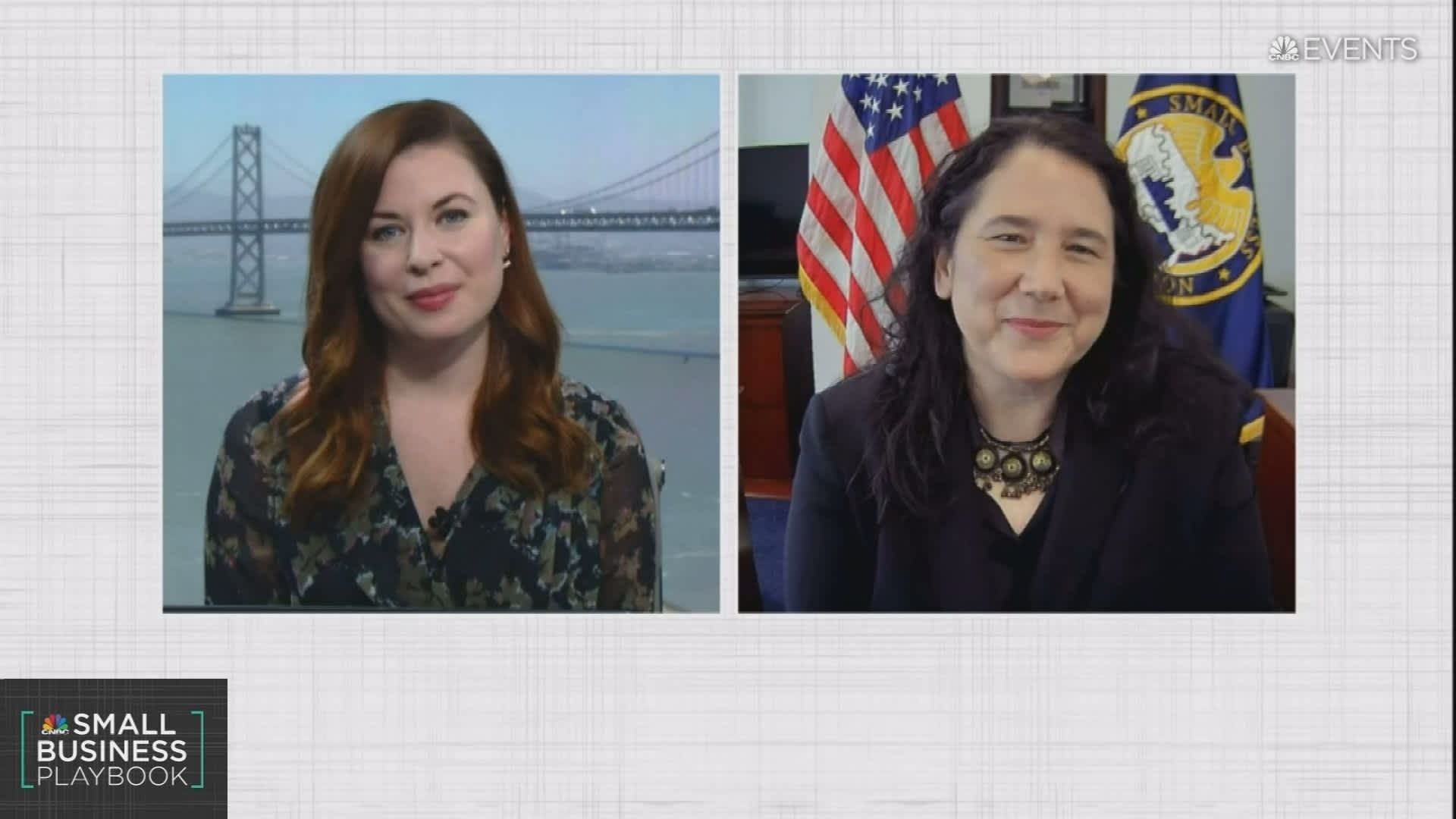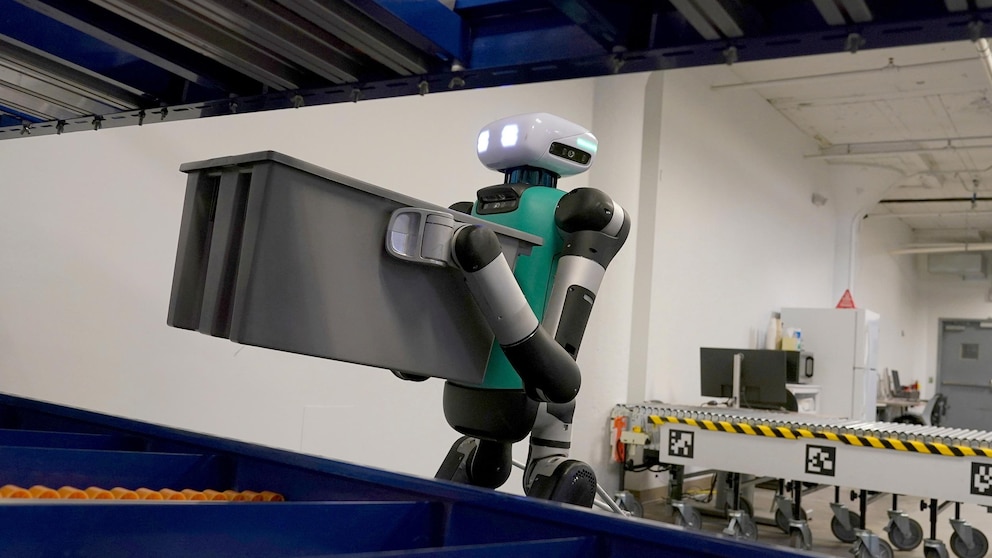Maskot | Digitalvision | Getty Images
The United States has experienced a small business boom in recent years, and people of color are a large part of that success, making progress on historical underrepresentation of Black and brown entrepreneurs in America.
From 2010 to 2020, the minority population grew from 36.3% to 42.4%, but the rate of minority-owned businesses increased at a much slower pace — leading to a wide gap between population share and business representation.
Access to capital is a major issue, and there has been considerable progress in lending to Black entrepreneurs during the Biden administration. SBA loans to Black-owned small businesses surpassed the $1 billion milestone for the third consecutive year in fiscal 2023 and have more than doubled since 2020.
“To continue to under-invest and face these barriers in the communities is something that would limit our economy and our growth competitively,” said SBA Administrator Isabel Casillas Guzman. “The systemic issues around access to capital are of course foremost.”
The SBA’s lending programs aim to eliminate some of these barriers by offering government-backed loans with favorable terms to small business owners. SBA’s 7a loan program provides guarantees for up to $5 million to lenders that finance small businesses, and the 504 loan program provides longer-term financing for major fixed asset purchases, for up to $5.5 million.
The loan growth comes after considerable effort by the Biden Administration to support the development of Black businesses and other underserved communities, including expanding the Community Advantage program, funding the $100 million Community Navigator Pilot Program, more than tripling the number of Women’s Business Centers at Historically Black Colleges and Universities, and implementing new reforms to address persistent capital access gaps.
Locally, community development financial institutions (CDFIs) have been helping with the mission to increase funding to underserved communities. According to Kerrington Eubanks, senior managing director of strategic partnerships of Black-owned CDFI Lendistry, the combination of local CDFI relationships and new technology that allows for more flexibility are the main drivers behind the surge in lending.
More recent changes made by the SBA to the loan program on August 1 should continue to help increase the numbers. These moves include a simpler application process and removal of prior equity investment requirements for loans below $500,000, and implementation of a faster online system for eligibility verification.
Still, lending access remains a prominent barrier faced by Black entrepreneurs. According to Bank of America’s 2023 Minority & Business Owner Spotlight, 44% of Black business owners say they’ve experienced challenges accessing capital, including not knowing how to apply for capital (38%) and having no relationship with a lender (35%). Although Black owners are confident in their ability to succeed, over a third (35%) believe they will never have equal access to capital.
The growth in Black-owned businesses is having a significant impact on the economy. According to the Census Bureau’s 2022 Annual Business Survey, there are an estimated 161,031 Black or African American-owned businesses, with $183.3 billion in annual receipts, 1.4 million employees, and about $53.6 billion in annual payroll.
“If Black-owned businesses are getting funded, the inner-city economies will get better since many small businesses are urban-based,” Rohit Arora, CEO of lending platform Biz2Credit said.
Latino and Asian business loan growth
The SBA’s efforts to boost lending rates among minorities can also be seen in growth of SBA-backed loans to Latino-owned small businesses, which also more than doubled since 2020, with over $3 billion in lending. “We know that this is the fastest-growing entrepreneurial community for the last 10 years of Census tracking, and since the pandemic, they grew by 20%.” Guzman said. “We are seeing this highly entrepreneurial community continue to grow, but same as their Black peers, oftentimes are under-invested and underfunded and unable to hit those milestone growths around job creation in GDP,” she said.
The Asian community has historically been strong in the SBA portfolio and highly-entrepreneurial, with more business per capita than the percentage of the population. However, it still faces considerable challenges in accessing capital from financial institutions. The Asian entrepreneurship rate has grown by 18% since before the pandemic, and lending increased from $4.7 billion to $6.4 billion, according to SBA data.
The SBA has also had a focus on increasing funding to female entrepreneurs, resulting in over $5 billion in loans to women-owned businesses in fiscal 2023.
There is still more work to be done, and at a time when the SBA is facing political and legal pushback against a focus on disadvantaged businesses since the Supreme Court decision ending affirmative action has renewed efforts to overturn similar precedents outside an education context.
Guzman said the SBA will continue to strengthen financial literacy, capital readiness amongst entrepreneurs, and reforms to ensure small businesses are getting the assistance they need. “The SBA is about delivering that American dream of business ownership to more Americans,” she said. “In terms of wealth, our minorities are not at par with their white peers. In order to ensure that they have access to capital, we need to make sure that our products are accessible,” she added.


